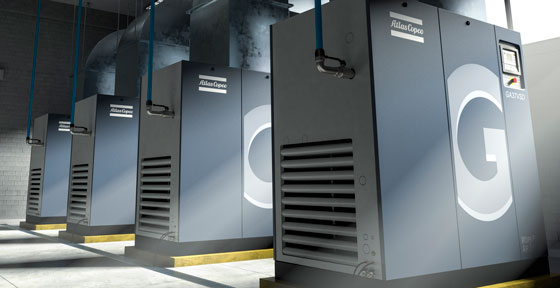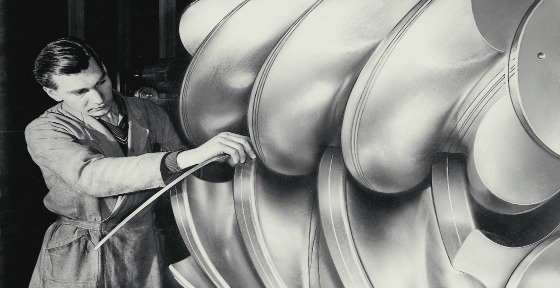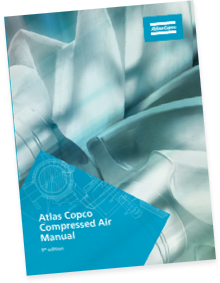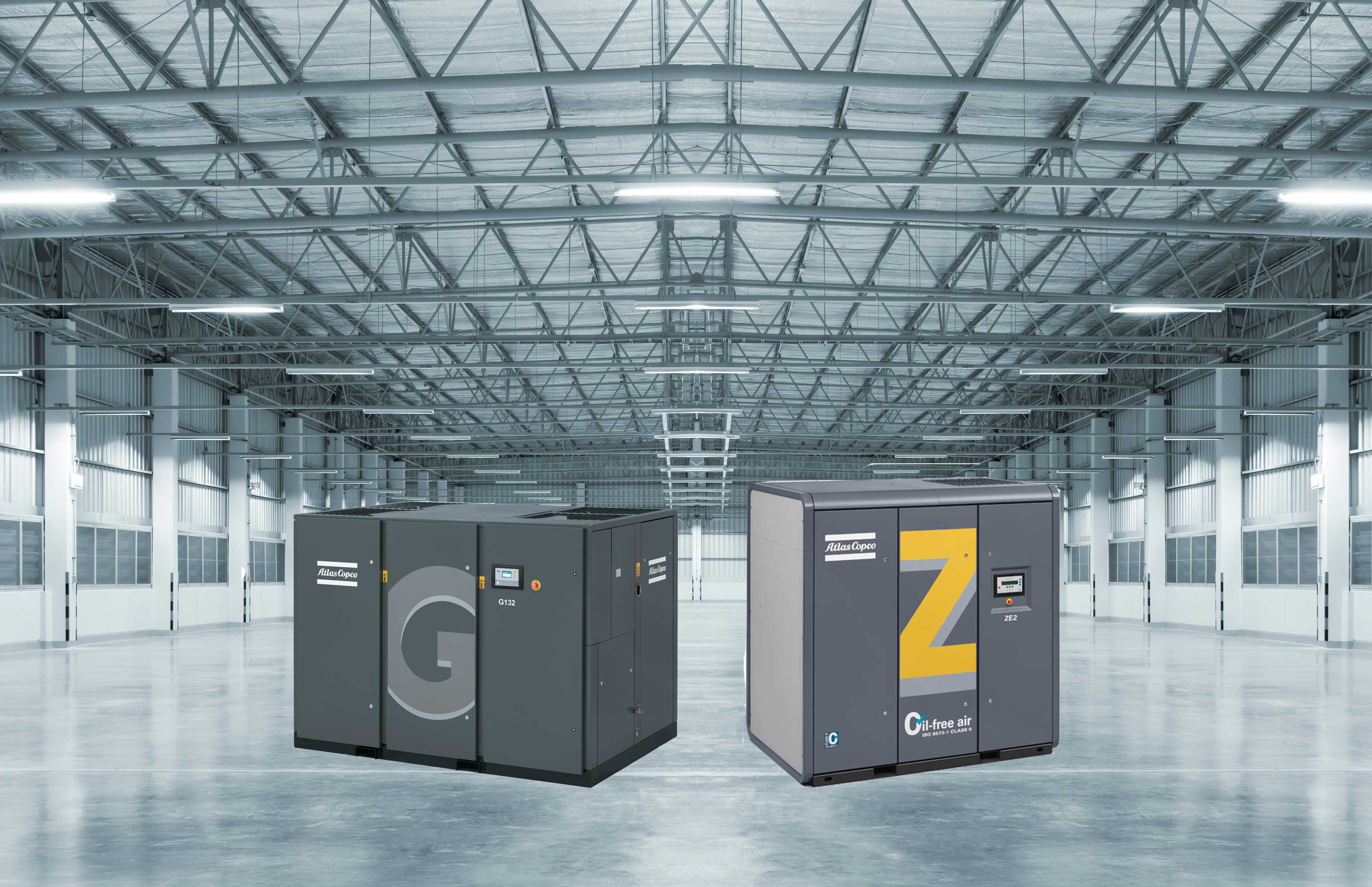Rotors are a vital component of many air compressors. Any compressor that contains a rotating element used in the compression process is a type of rotary compressor. All dynamic compressors and some displacement compressors fall into this category. Today we’ll take a look at rotor vocabulary to better understand what rotors are and how they work.
Rotor: A rotor is the rotating element of a compressor connected to the motor drive. In a dynamic compressor, it is composed of the impeller(s) and shaft, and may include shaft sleeves and a thrust-balancing device. Displacement compressors with rotors include screw and tooth compressors.
Impeller: An impeller is a specific type of rotor. It is the part of the rotating element that imparts energy to the flowing medium by means of centrifugal force. It consists of a number of blades that rotate with the shaft. Impellers are found in dynamic compressors.
RPM: Revolutions per minute are used to describe the speed of the rotor. Rotors are built to operate within certain speeds to maintain their efficiency and torque.
Torque: The torque is the turning capacity of the motor that drives the rotors. Every motor has a maximum torque, above which the motor cannot rotate. As a motor approaches its maximum load, it cannot perform as well and exhibits less efficiency.
Some types of compressors use two rotors to draw in and compress air. In these models, there is a female and male rotor. The female rotor has helical grooves or flutes along its length and the male rotor has corresponding helical lobes. Examples of compressors with female and male rotors include the rotary screw compressor and the rotary tooth compressor. Sometimes, these can be made so that the rotors do not touch each other or the casing. Because of this, they don’t require lubricant and are known as oil-free compressors.




